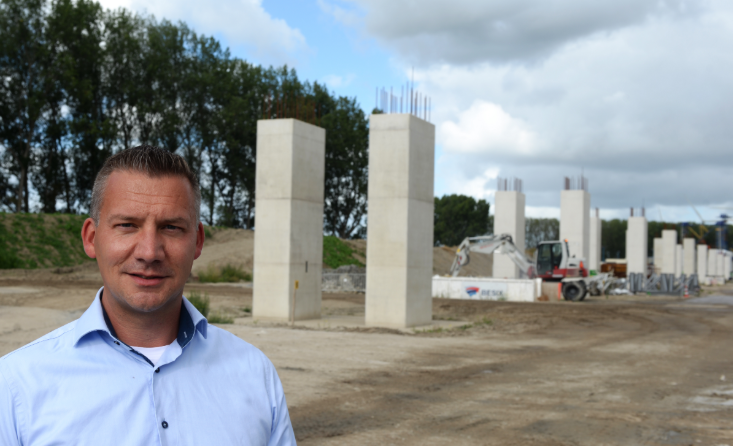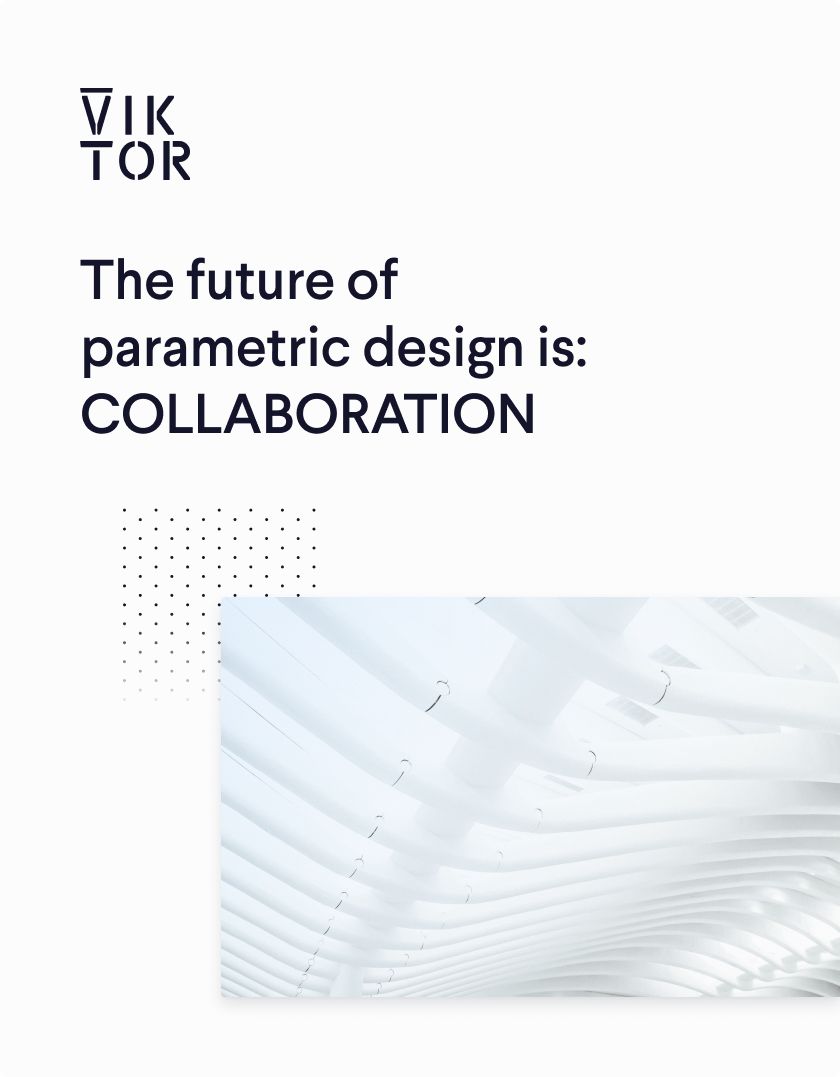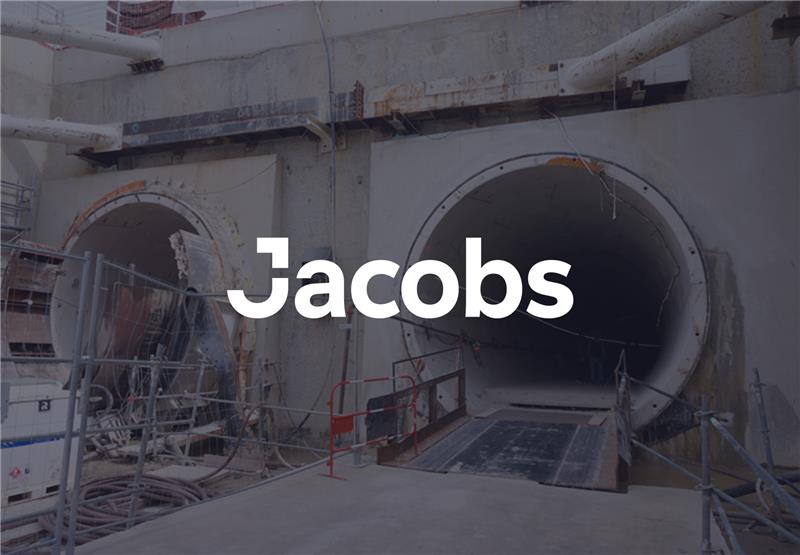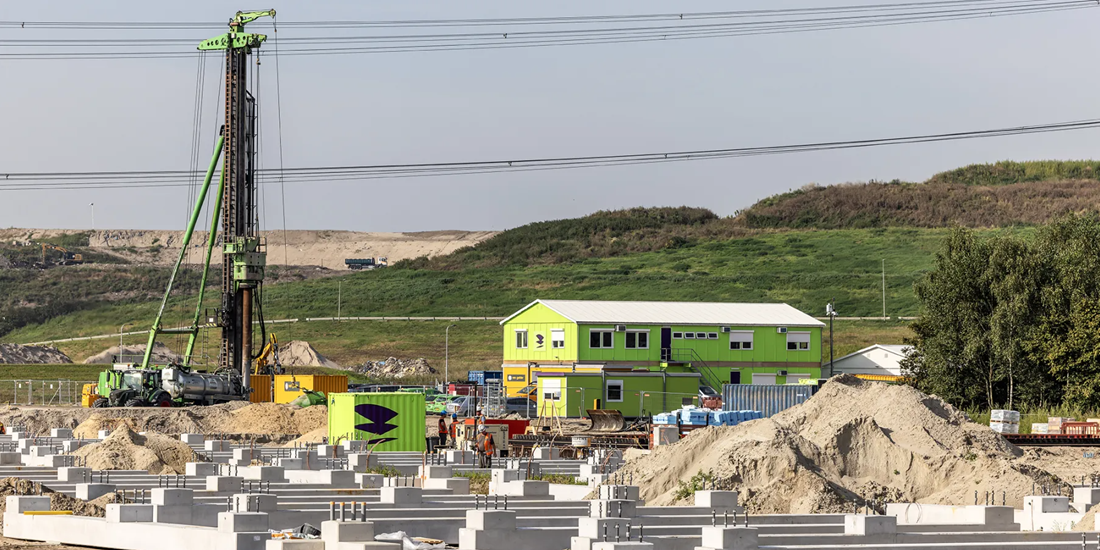November 07, 2019
Parametric models to design the structure of the Theemsweg route


Download the white paper and get INSPIRED
Learn how collaborative parametric design models allow you to work together for better solutions.
Designing a sustainable future
Stefan Schoenmakers, design leader Civil Realisation Substructure of the Theemsweg route at Wagemaker explains that the Calandbrug will have reached its technical lifespan in 10 years. It was built around 1970 and provides road and freight traffic. By removing freight traffic, the lifespan is extended and at the same time the with new rail viaduct, the train traffic does not experience interference of opening and closing the bridge for shipping. The new route is designed for the next 100 years. “We have to look and think far ahead, because mobility issues may change over this period of time. This makes it a very interesting project”.
Many parts to a mega project
Wagemaker designs almost all the foundations for this project. Wagemaker is part of SaVe, a construction consortium consisting of Besix, Dura Vermeer and Mobilis that is responsible for the design and realisation. “We work with a design team of 12 people at Wagemaker, where my job as design manager is to ensure that our product, drawings and calculations are finished on time and distributed within the organisation of SaVe. We look at implementation, manufacturability, optimisations, alignments with the road design team, with provisions for lighting, making certain parts prefab, and much more. Our constructors and modellers work on all these things simultaneously”, says Schoenmakers. A mega project.
Complexity and diversity
Not only the size is a challenge; the route is 4 km in length, but also the complexity. “You come across different types of soil situations. In some places the foundation is in water, in other places you have to build across an existing lock, or you have to deal with a very poor soil structure, or a soil structure in which inserting piles is a challenge. It is very diverse.”, says Schoenmakers. In addition, we are dealing with the fact that almost every location is very specific regarding the number of cables and pipes in the ground. Wagemaker looked for an effective way of analysing the foundation supports. “In principle we have 100 support points, some of which are identical, but the situation is different due to the soil composition. Initially, we wanted to make a certain design choice based on a comparison between support points that are similar and then calculate only one”, which is not optimal. Due to previous collaboration on another project, they ended up at VIKTOR. “We worked on the TenneT project, of Heijmans. You were involved in that project as well, and we then saw what was possible and we also want to stimulate development. So we said right away, we are going to do it together with VIKTOR!”.
The role of the VIKTOR platform
With VIKTOR, the substructure of the route has been parametrically designed and calculated. This was done, among other things, by means of integrations with geotechnical and structural calculation software such as the finite element program SCIA. Schoenmakers: “By using your tool, we were able to generate parametric models with corresponding load cases for all supports and foundations. This made it easy to analyse internal force distributions, pile reactions and other calculation results. We ultimately opted for 5 to 6 basic foundations. They were all defined in the database of the tool and we could attach foundation characteristics, such as soil properties. Actually, this is in reverse order to the normal process, enabling us to much better determine where optimisations are present”.
Using the tool resulted in making the design process and reporting more efficient. The VIKTOR platform has been very valuable not only in the field of calculations, but also towards the client and testing authorities: “This has enabled us to demonstrate that we have been able to design and analyse all support points properly,” says Schoenmakers.
Wagemaker focuses on digitisation
Wagemaker clearly focuses on the digitisation of engineering; A few years ago, a Virtual Design department was established to keep up with the developments. Of the 8 people there are 2 dedicated programmers employed. “If we can save time on projects by doing things smarter, we have more time for complex projects where we cannot automate or parametrise anything. You became an engineer for the complex thinking involved, thereby empowering people. You don’t want to do the same thing 10 times. It may be nice the first time, and second time as well, but then it stops. It is very time consuming and if you have to do the same thing 10 times over, the chance of errors will also increase”. VIKTOR has provided a clear solution for this. Wagemaker recently participated in a few technical sessions at VIKTOR, in which three engineers are now learning to develop their own tool in the VIKTOR platform. Not participating in this development is not an option for Wagemaker. “We try to stay ahead, because the moment you can do something that someone else cannot do, it strengthens our market position.”


